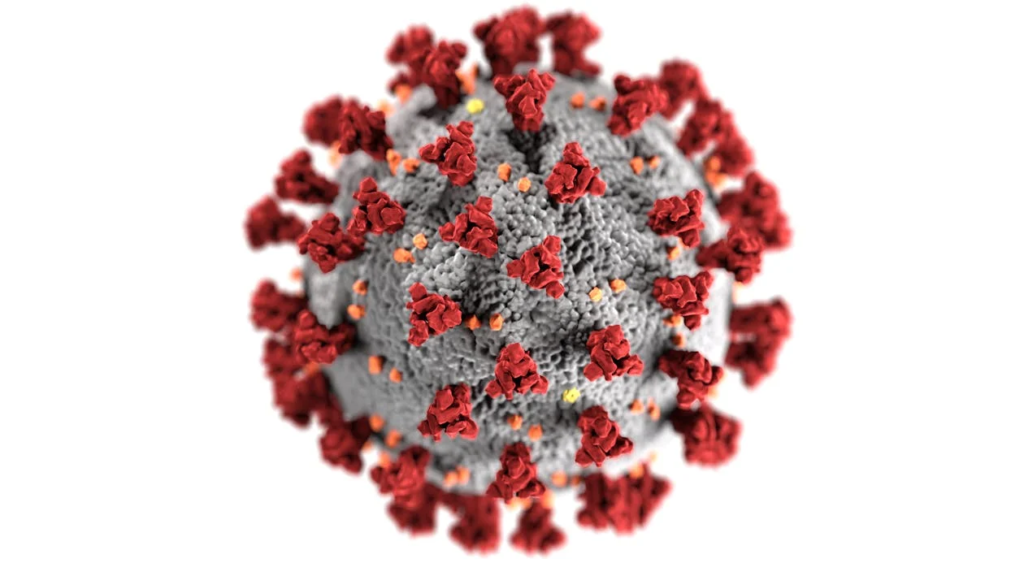The flu, or influenza, is a respiratory infection caused by a virus that affects the nose, throat, and lungs. Common symptoms include fever, body aches, fatigue, and upper respiratory issues such as cough, congestion, or sore throat. A person is contagious when symptoms are present and can potentially spread the flu even before noticing symptoms. The best way to prevent the flu is by getting an annual flu vaccine.
What is the Flu?

The flu vaccine contains elements of the dead influenza virus, which allows the immune system to respond to those specific proteins and make antibodies. When the immune system encounters the virus in the future, it will respond quicker to kill it. You cannot get the flu from the flu shot. It is common to feel tenderness at the injection site or mild symptoms for a day or two afterward. When you experience mild symptoms, remember that your immune system is reacting to a foreign antigen and triggering the production of antibodies that will fight the flu in the future. Common flu shot side effects include general fatigue, injection site pain, and occasionally, a low-grade fever.
What is the Flu Vaccine and its Types?

There are two main types of flu vaccines available: injectables and nasal spray. Injectable flu vaccines include inactivated influenza vaccines, high-dose IIV, adjuvanted flu vaccines, cell-based flu vaccines, and recombinant flu vaccines. These injectables do not contain live viruses instead the dead influenza virus.
The nasal spray vaccine uses a live, attenuated (weakened) virus. Health authorities do not prefer one flu vaccine over another; they recommend administering any age-appropriate flu vaccine. Experts review and update the makeup of U.S. flu vaccines annually to match circulating flu viruses, as each new season brings about its own unique variant of the influenza virus.
Common Side Effects

Common flu shot side effects of the injectable flu vaccines include soreness, redness, or swelling at the injection site, fever, muscle aches, headache, and fatigue. The nasal spray vaccine can cause flu shot side effects such as a runny nose, wheezing, headache, vomiting, muscle aches, and low-grade fever in children, while adults may experience a runny nose, headache, sore throat, and cough. These flu shot side effects are generally mild and disappear on their own within a few days without treatment.
When to Consult Your Doctor

However, certain individuals should consult their doctor before getting vaccinated. This includes patients with a suppressed immune system, a history of Guillain-Barre syndrome, certain autoimmune disorders, and those who are currently sick. Additionally, anyone with a life-threatening allergic reaction to a previous flu shot should avoid vaccination. Though rare, allergic reactions can manifest as breathing difficulties, swelling around the eyes, lips, tongue, and/or throat, wheezing, hives, a fast heartbeat, dizziness, confusion, or loss of consciousness.
It is important to note that the flu vaccine cannot give you the flu because the viruses in the shot are inactivated or “dead”. However, some people may experience mild, flu-like symptoms as their immune system responds to the vaccine. These symptoms are typically much milder than those caused by the actual flu and resolve quickly. Also, it takes about two weeks for the flu shot to take full effect, so if you’re exposed to the influenza virus shortly before or during that time period, you might still catch the flu. To minimize potential flu shot side effects, plan your vaccination around important events in case you experience any temporary discomfort.
Vaccine Efficacy

Flu vaccine effectiveness can vary from year to year, depending on how well it matches circulating strains. However, it typically ranges from 40% to 60%. The CDC’s data shows that vaccinating against the flu reduces hospitalization rates for individuals with chronic lung disease and diabetes, lowers the occurrence of cardiac events among people with heart disease, and decreases the risk of flu-related complications from chronic lung disease. Studies show that vaccinated adults hospitalized with flu have a 26% lower risk of intensive care unit (ICU) admission and a 31% lower risk of death compared to those who were unvaccinated. Flu vaccination reduces children’s risk of flu-related pediatric intensive care unit (PICU) admission by 74% during flu seasons.
Interim data on flu vaccines estimate overall moderate protection in Europe and China. Estimates of current mid-season flu vaccine effectiveness in Europe and China range from 32% to 58% overall, with greater protection against influenza B than A. A study in Europe estimated an interim all-age influenza A VE of 32% to 53% in primary care from September 2024 to January 2025. In hospitals, VE was 33% to 56%, with some signals of lower VE by subtype and higher VE against influenza B (58% or higher in both settings). In France, overall VE for all age-groups was 42%, with 26% against influenza A and 75% against influenza B. Chinese researchers found a moderate VE (48.5%) against medically attended laboratory-confirmed influenza.
Conclusion

Even a vaccine with lower effectiveness can mean the difference between a mild illness and a hospital stay. Studies have shown flu vaccination lowers the risk of flu-related hospitalization by 41% in young children and 82% in adults. Even when vaccinated individuals contract the flu, they face a lower risk of ICU admission. Although alternative methods and good health practices, such as increasing Vitamin C intake, drinking fluids, and maintaining good hygiene, can treat influenza without a vaccine, receiving the vaccine before contracting the flu remains the most effective method for preventing infection.

